Listening to Vivaldi's Spring (SQUILT Lesson #8)
 Monday, April 15, 2013 at 5:01AM
Monday, April 15, 2013 at 5:01AM

It's time to add to the collection of SQUILT lessons.
Lesson #8 focuses on that most famous piece of music - Spring, from The Four Seasons, by Antonio Vivaldi.
If you are new to SQUILT, you can read about it and view more free lessons. These lessons are designed to expose your children to the great musical classics. There is NO WORK required from you, the parent. I have done the legwork for you. Just follow along with the lesson and you will be fine!
*This post contains affiliate links. See my Disclosure Page for more details.
As the seasons change I'm always playing a lot of Vivaldi's Four Seasons in our home. (My kids call it "elevator music" because it always seems we hear Vivaldi in elevators and department stores!)
There is so much to be learned from Vivaldi's "Spring" from The Four Seasons. I'll touch on the basics today.
First, download and print the SQUILT notebooking page. (If you're familiar with SQUILT, I've changed the page just a touch - made it prettier and better!)
Vivaldi was a Baroque Era composer, born in 1678. He lived in Italy, and was known as The Red Priest.

image courtesy Clipart.com
There are actually THREE parts to Vivaldi's Spring. They are organized by tempo (which means the speed of the beat).
Tell your student(s) you will be listening to the first movement (section): Allegro.
Allegro means FAST. Encourage your students to use this term as they fill in the rhythm/tempo section of their notebooking page.
For more information about Spring, you can visit Antonio Vivaldi: A Music Appreciation Lesson for Kids.
Remember - the first listening of the piece in SQUILT is done with eyes closed, listening for the elements on the notebooking sheet, using their imaginations to come up with a picture in their mind, and just enjoying the music in general.
*I don't stifle children from moving during SQUILT! When I taught elementary music, this piece was one of the most popular we did - I had many conductors and violinists in my class as we listened. You WANT your children to internalize the music.
After the first listening, play the music again, and go over the notebooking sheet with your child.
Dynamics
This should be pretty simple in this piece. It is mostly loud, but they will hear some places where it drops suddenly and becomes quiet, then growing louder again. Encourage them to express this.
(If you remember in SQUILT Lesson #7 we talked about Dynamics more thoroughly. Refer to that lesson for specific terms if you want your children to use them.)
Rhythm/Tempo
In this piece we emphasize the TEMPO - which means the speed of the beat. Allegro is the Italian word for fast and lively. There are also many recurring rhythms in this piece. This video is fun because it shows the exact rhythms of the music. Older children might appreciate this.
Instrumentation
The only instrument family that will be heard is the String Family. Vivaldi originally wrote the piece for the Baroque String Orchestra, but today it will be performed by various arrangements of modern strings.
Mood
The mood for this piece is obviously joyful and hopeful - it mirrors how we all feel in spring, when everything is beginning to bloom and green up.
For younger children, it might be fun to ask them to draw their favorite Spring flowers, or whatever pops into their sweet little minds while they are listening.
Additional Resources
To extend learning a bit, the following books and recordings are very nice.
Sometimes my children just want to know more about a composer - how can I refuse that request?
- I, Vivaldi - a beautiful picture book about Vivaldi
- The Best of Vivaldi - .mp3 recording by Classical Kids
- Vivaldi's Four Seasons - a GORGEOUS picture book all about this epic piece of music
- Vivaldi's Ring of Mystery - a CD by Classical Kids all about a young girl who finds herself as the student of Vivaldi - all of the Classical Kids recordings are top notch.
As always, contact me if you have any questions. In the past weeks I have received so much fun feedback about these SQUILT lessons.
Children of all ages are using them and asking for MORE. That's what it's all about - spreading a love and appreciation for beautiful music to our children.









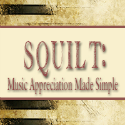
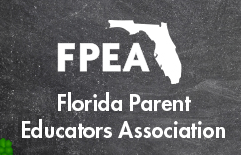
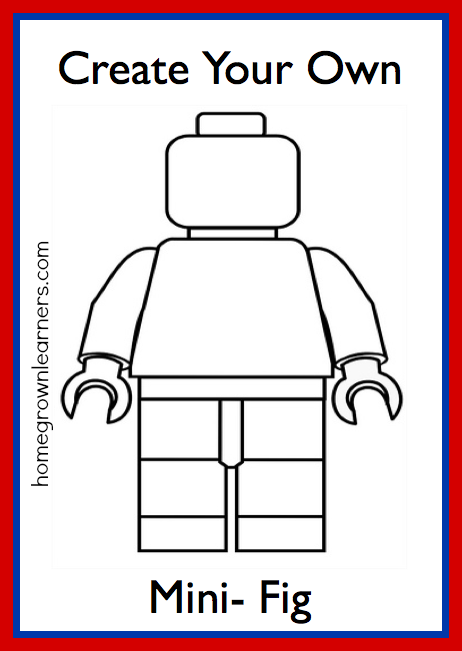
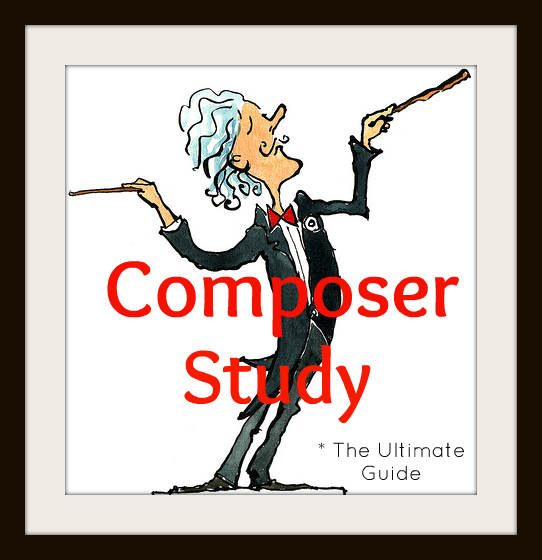

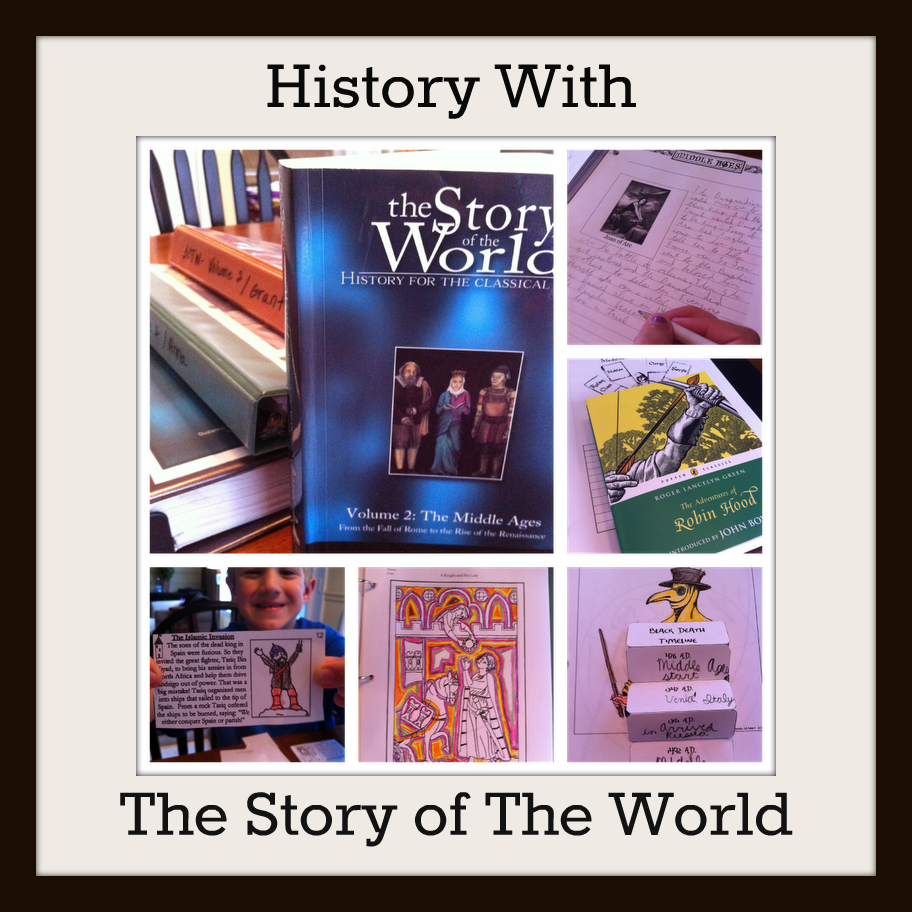





Reader Comments (1)
Hi, I found your site while looking for lego projects. I love your resources and this today is fantastic!!! we love music.Thank you so much. I will let you know how we get on ;)
Sue